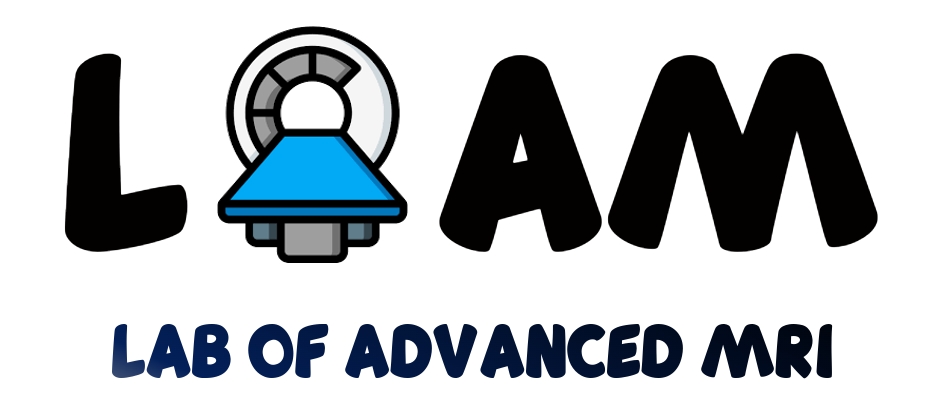The researches in the LOAM
Research overview:
We are a medical physics research group (within the Neurophysics group) whose researches are applied to investigate medical problems, mainly focused in neuroimaging using magnetic resonance imaging (MRI). To do so, we take advantage of a multidisciplinary background of physics, computing and medical sciences, whose combined skills allow for the development of several branches of our research and also providing different views of the same subject, providing good discussions and smart solutions.
Our researches fluctuates between the MRI methods development and/or optimization, its translation to clinical environments and specific medical applications. At this moment we are focused in studying perfusion MRI methods applied to the brain, in especially non-invasive methods as the arterial spin labeling (ASL) and the intravoxel incoherent motion (IVIM). Through these methods, we intend to evaluate the brain hemodynamics in both healthy and disease conditions, looking for information like the cerebral blood flow, arterial transit time, arterial blood volume and the water exchange between the blood and the gray matter or the cerebral spinal fluid (CSF) crossing respectively the blood-brain and the blood-CSF barriers.
Next we will detail a little bit of the branches that we can offer in our research line.
MRI methods development
If you are a physicist or a researcher with physics-related background interested in apply your knowledge in medical problems, then you have come to the right place! In our methods development branch you will apply all your knowledge on MRI physics to design new MRI pulse sequences or to improve and optimize existing sequences. Computing skills are also important and welcome to develop this kind of research.
Our flagship here is the ASL method, which is our starting point for several kinds of development. In a standard ASL pulse sequence we find basically three modules, the labeling, the post-labeling delay and the readout. Our goal here is to change one or more of these modules and/or to combine other pulse sequence components in order to optimize the sequence signal-to-noise ratio (SNR), make it faster, improve the spatial resolution or even to investigate some particular question.
In our facilities we have access to a 3T Philips Ingenia scanner for humans and a 7T Bruker Biospin pre-clinical MRI scanner in which we will apply and test our new MRI sequences.
Analysis modeling
As we work with cutting-edge MRI acquisition methods, we are often required to develop custom scripts, processing pipelines, and signal models to interpret the images we acquire and extract the desired information. In line with this need for innovative signal models and advanced processing pipelines, and driven by our commitment to open research, the LOAM lab has been actively developing computational tools to share with the MRI community. All our computational MRI processing tools are continuously updated on our official GitHub profile.
Clinical application
Check back soon for updates!
